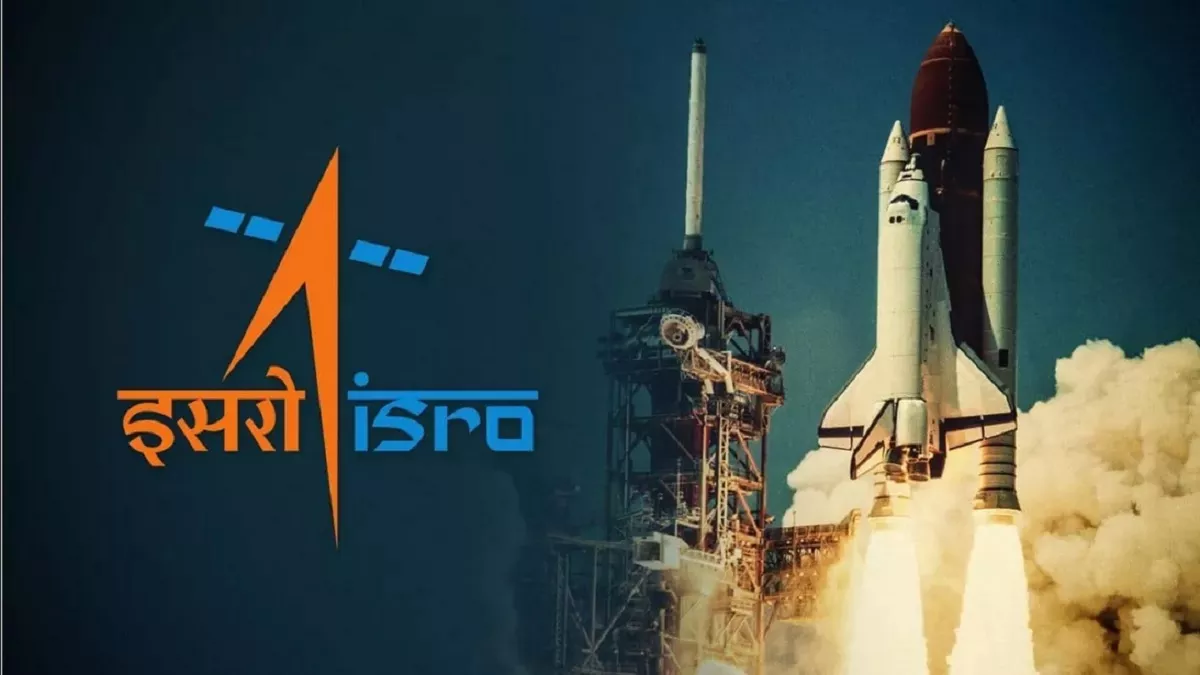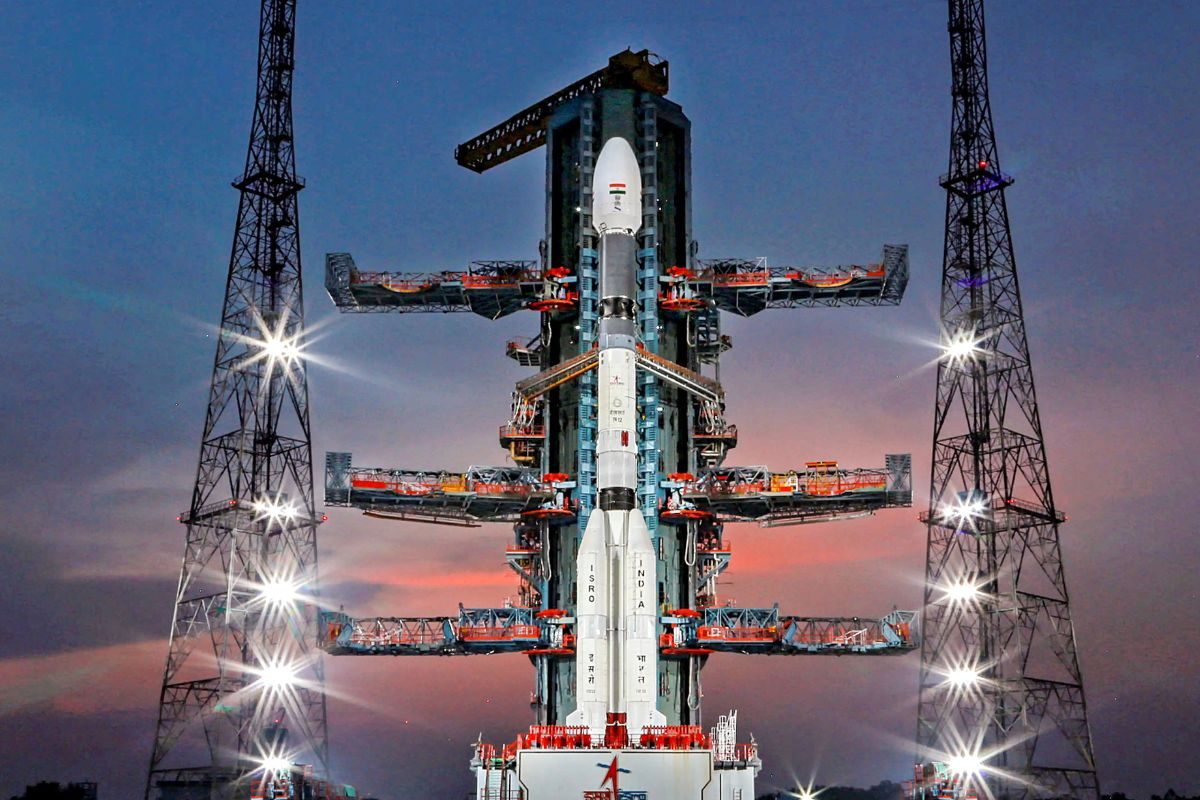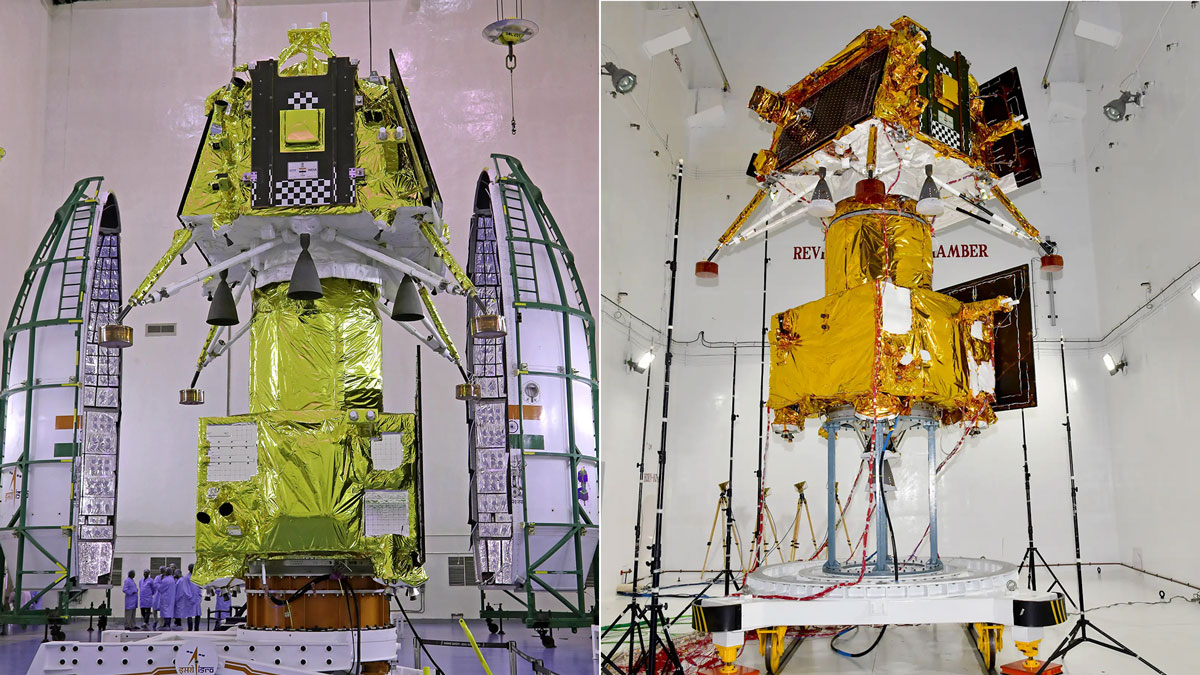July Mark Your Calendar for India’s Chandrayaan-3 Lunar Mission Launch 2023

July Mark Your Calendar for India’s Chandrayaan-3 Lunar Mission Launch 2023
Like the last mission, the combined Vikram lander and Pragyan rover will touchdown at a location 70 degrees latitude from the moon’s south pole. If successful, chandrayaan-3 will be the first mission to soft-land close to the moon’s southern pole.
India’s space agency, the Indian Space Research Organisation (ISRO), is preparing for a launch. Its third lunar mission is called Chandrayaan-3. After the successful missions of Chandrayaan-1 and Chandrayaan-2, which significantly contributed to our understanding of the moon, Chandrayaan-3 aims to build upon previous accomplishments and further expand our knowledge of Earth’s celestial neighbor. With the takeoff scheduled for July 13, 2023, and landing maneuvers planned for August, excitement and anticipation are building up in the scientific community and among space enthusiasts worldwide.

Senior authorities said on Wednesday that Chandrayaan-3, India’s third lunar mission, will launch on July 13 at 2.30 p.m. from Sriharikota, the only spaceport in the nation. After travelling little over a month, the spacecraft will most likely touch down on the moon’s surface on August 23.
Like the last mission, the combined Vikram lander and Pragyan rover will touchdown at a location 70 degrees latitude from the moon’s south pole. Chandrayaan-3 will be the first mission to soft land close to the moon’s southern pole if it is successful.
The location was chosen because it includes multiple craters always in the shade, enhancing the possibility of looking at water ice. The NASA payload Chandrayaan 1 was crucial in establishing that there is water and hydroxyl (OH) molecules on the moon.

Chandrayaan-3 is a testament to India’s growing prowess in space exploration and its commitment to advancing scientific research. The mission’s primary objective is to deploy We We will send a lunar lander and rover to… explore the moon’s surface. The lander and rover, collectively known as the Vikram-3 and Pragyan-3, respectively, are upgraded versions of the Vikram and Pragyan used in the Chandrayaan-2 mission.
Thanks to this mission, India will become the fourth nation in the world to conduct successfully. We landed softly on the moon, joining the United States, Russia, and China ranks.
The Chandrayaan-2 mission, although not entirely successful in achieving its intended soft landing, was still hailed as a remarkable achievement for India’s space program. Chandrayaan-3 aims to rectify the shortcomings of its predecessor and demonstrate India’s capabilities in lunar surface exploration.

The launch of Chandrayaan-3 will take place at the Satish Dhawan Space Centre, The main spaceport in Sriharikota, India. The spacecraft will be carried by the Geosynchronous Satellite Launch Vehicle (GSLV) Mark III, one of the most powerful launch vehicles developed by ISRO. The GSLV Mark III has proven its reliability with previous successful missions, including the launch of Chandrayaan-2. This device can transport payloads with a maximum weight of… 4,000 kilograms to the geostationary transfer orbit (GTO), making it well-suited for launching Chandrayaan-3 towards the moon.
India still has the opportunity because Israel and Japan’s subsequent lander missions, launched after the earlier Chandrayaan mission, also failed. The spacecraft’s orbit will be boosted numerous times until it slingshots out of Earth’s gravity, following a course identical to the last mission’s. Before beginning the descent, the orbit will be decreased to a 100100 km circular orbit after the spacecraft has arrived at the moon and is being pulled in by its gravity.

The vehicle’s fall period was referred to as “15 minutes of terror” by the previous ISRO chairperson K Sivan.
Once in space, Chandrayaan-3 will follow a trajectory similar to its predecessor, aiming for a lunar polar orbit. The polar orbit provides a comprehensive view of the moon’s surface and is ideal for scientific observations and data collection. As the spacecraft approaches the moon, it will enter. It is necessary to execute a series of intricate manoeuvres—lunar orbit. The precision required for these manoeuvres showcases the technical expertise of ISRO’s mission planners and engineers.
Only the lander-rover combination perched atop a propulsion module will be flown by the spaceship because the orbiter from the previous mission is already in situ orbiting the moon. More sensors have been added to the lander-rover arrangement to guarantee the mission is carried out as intended. According to a senior official, other tests were conducted to ensure the operation’s success.
The landing process, one of the mission’s most critical and challenging aspects, will be carefully executed to ensure a successful soft landing on the lunar surface. The Vikram-3 lander will separate from the orbiter and autonomously navigate its descent. Advanced onboard sensors and guidance systems will aid in avoiding potential hazards and identifying a suitable landing site. Once on the surface, the Pragyan-3 rover will be deployed, equipped with scientific instruments to conduct experiments and collect valuable data.

Chandrayaan-3 carries a suite of scientific instruments designed to study the moon’s geology, mineralogy, and chemical composition. These instruments will help scientists gain a deeper understanding of the moon’s origins, evolution over time, and potential as a future resource for humankind. The mission aims to build upon the discoveries made by Chandrayaan-1 and Chandrayaan-2, such as detecting water molecules in the lunar soil, which have opened up new avenues for lunar exploration and potentially even future human settlements.
In addition to its scientific objectives, Chandrayaan-3 is strategically crucial for India. The mission represents the country’s commitment to space exploration and highlights its growing influence in the global space community. By demonstrating its capabilities in lunar missions, India aim to strengthen its position as a key player in space research and technology.
The success of Chandrayaan-3 will not only be measured by its ability to land on the moon but also by the wealth of scientific data it gathers and the technological advancements it showcases. Regardless of the outcome, the mission represents a significant leap forward for India’s space program and contributes to our cosmic neighbourhood’s collective knowledge and exploration.

As the countdown to the launch of Chandrayaan-3 begins, the anticipation and excitement among scientists, engineers, and space enthusiasts are palpable. The mission represents India’s scientific achievements and the spirit of human curiosity and exploration. Chandrayaan-3 is poised to make its mark in the history of lunar exploration and inspire generations to come, fostering a deep appreciation for the mysteries of the universe and our place within it.




